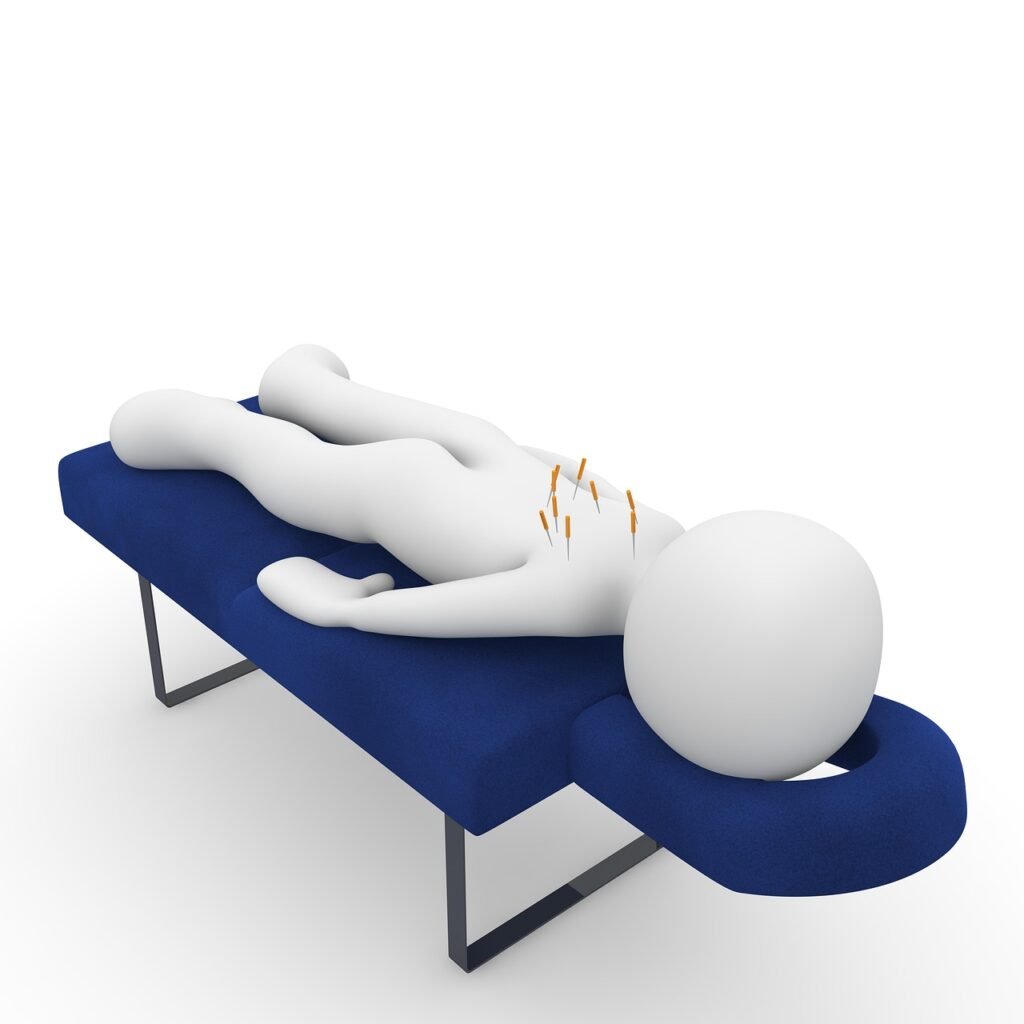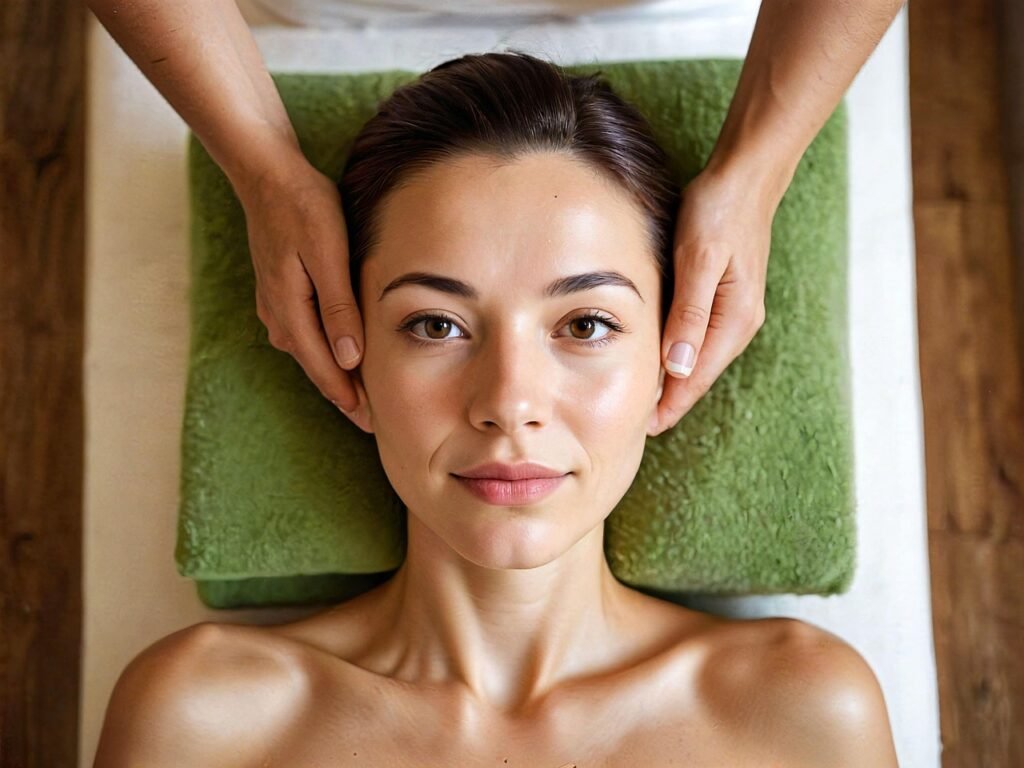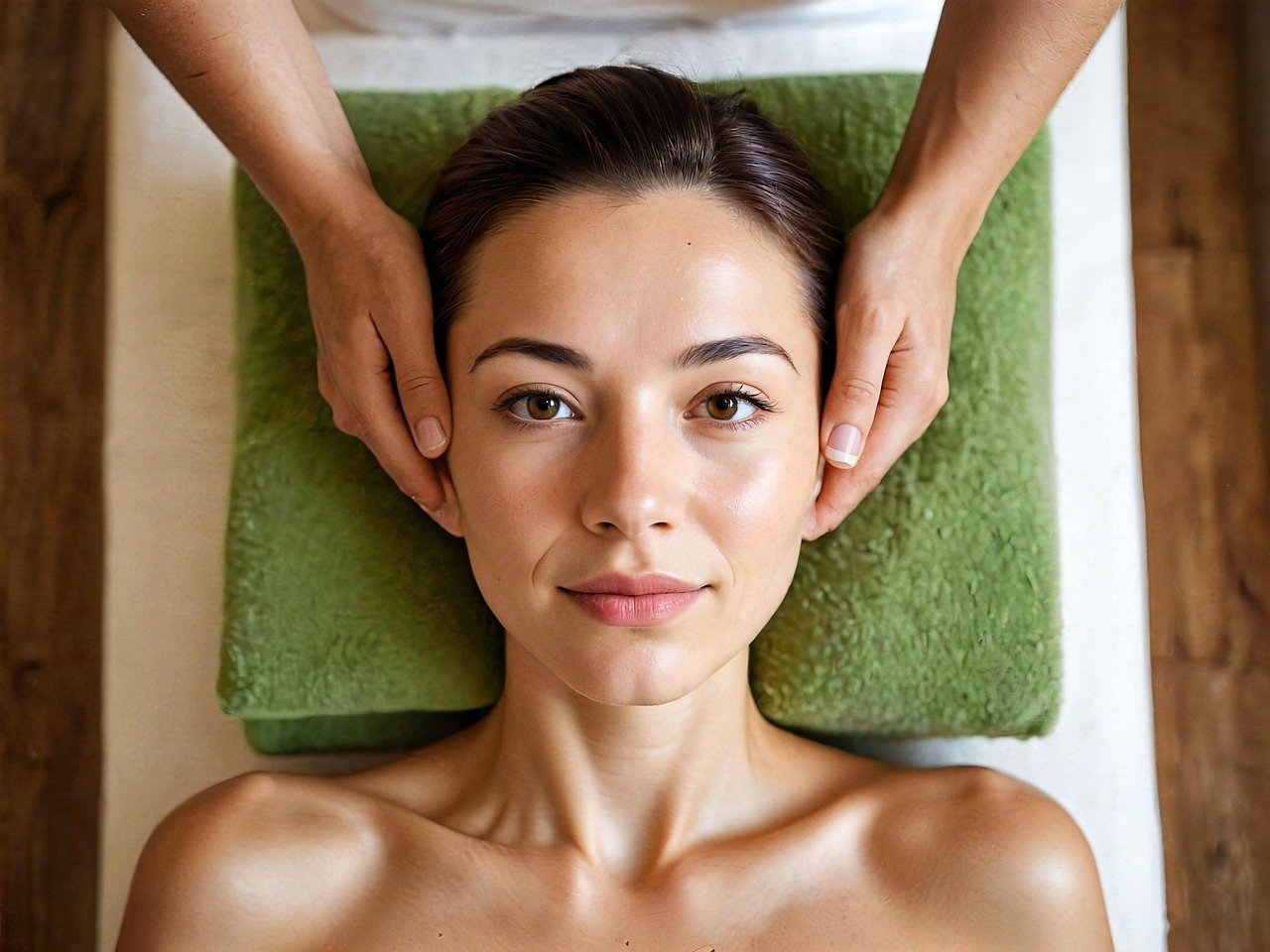What if the cold could actually be your ally in achieving better health? You might be surprised to learn that cold exposure, which once seemed like a form of punishment, can have profound effects on your mitochondrial health. Let’s take a closer look at how these two seemingly contradictory concepts are linked.

Understanding Mitochondria: The Powerhouse of Your Cells
To grasp how cold exposure impacts your mitochondrial health, it’s essential to understand what mitochondria are. Often referred to as the “powerhouses” of your cells, mitochondria are responsible for producing the energy that your body needs to function. They convert nutrients into adenosine triphosphate (ATP), the energy currency of your cells.
The Role of Mitochondria in Cellular Function
Mitochondria play a crucial role in cellular metabolism, respiration, and even the regulation of the cell cycle. When your mitochondria are functioning optimally, your energy levels remain high, and your overall health improves. Unfortunately, as you age or due to lifestyle choices, mitochondrial dysfunction can occur, leading to a broad array of health issues.
Here’s a quick overview of mitochondrial functions:
| Function | Description |
|---|---|
| Energy Production | Converts nutrients into ATP for energy |
| Regulation of Metabolism | Helps in fat oxidation and glucose metabolism |
| Calcium Storage | Regulates calcium levels in cells, crucial for signaling |
| Apoptosis | Plays a role in programmed cell death to maintain health |
| Reactive Oxygen Species (ROS) | Produces free radicals, which can affect cellular aging |
When your mitochondria are in good shape, they efficiently produce energy; when they’re not, you may fatigue easily, become susceptible to illness, or even struggle with metabolic conditions.
Enter Cold Exposure: What Is It?
Cold exposure ranges from simple activities like taking cold showers to engaging in cryotherapy or spending time in icy environments. The idea may sound off-putting, especially if you’ve been taught to avoid the cold, but there’s more to it than meets the eye.
The Science Behind Cold Exposure
When your body is exposed to cold temperatures, it undergoes a series of physiological responses. These reactions could include blood vessel constriction, increased heart rate, and activation of brown adipose tissue (BAT), which leads to heat production.
Through these responses, your body seeks to maintain its core temperature, much like a furnace keeping your home warm in winter. Interestingly, this process can have diverse benefits, from improving your immune system to enhancing your metabolism.
The Connection Between Cold Exposure and Mitochondrial Health
Now that you understand cold exposure on its own, let’s merge this concept with mitochondrial health. Research increasingly supports that subjecting your body to cold can stimulate mitochondrial biogenesis—the process of creating new mitochondria.
How Cold Exposure Stimulates Mitochondrial Biogenesis
When you’re exposed to cold conditions, your body generates additional mitochondria to produce more heat and to sustain energy. The activation of cold exposure triggers pathways such as the AMPK signaling pathway, which is known to promote mitochondrial biogenesis.
Here’s a closer look at how this process works:
-
AMPK Activation: Cold exposure activates AMPK, an enzyme that plays a crucial role in cellular energy homeostasis. It stimulates glucose uptake and fatty acid oxidation.
-
Increased PGC-1α: AMPK activates the PGC-1α protein that acts as a master regulator of mitochondrial biogenesis.
-
Enhanced Energy Production: More mitochondria lead to increased ATP production, which enhances energy metabolism in the body.
The process not only benefits your overall energy but also improves how your body responds to various stressors.
Benefits of Cold Exposure on Mitochondrial Health
You might be wondering what specific benefits cold exposure brings to mitochondrial health. Let’s break that down.
Increased Energy Levels
As your mitochondria become more efficient, you’ll likely notice a boost in energy levels. When your cells can create more ATP, it translates to increased energy for daily activities—no one wants to feel sluggish, after all.
Improved Metabolism
Cold exposure may help enhance your metabolic rate. Studies suggest that exposure to cold increases brown fat activity, which can assist in burning more calories, leading to weight loss and better overall body composition.
Enhanced Recovery & Reduced Inflammation
Many athletes incorporate cold exposure into their routines for recovery. The practice can reduce muscle soreness and inflammation after intense workouts, largely due to the way cold compresses blood flow.
Strengthened Immune Response
Mitochondria are essential for immune cell functioning. Cold exposure may improve your immune system, allowing your body to adapt more effectively to pathogens and stressors.
Potential Longevity Benefits
Emerging research points toward improved mitochondrial health being linked to longevity and reduced risk for age-related diseases. If you want to extend your years of vitality, it might be worth considering embracing some cold!

How to Safely Incorporate Cold Exposure into Your Routine
So, how can you begin implementing cold exposure into your life safely? Here are some practical methods:
Cold Showers
One of the easiest ways to start is taking cold showers. Begin with warm water and gradually decrease the temperature. Aim for at least 30 seconds in cold water to reap the benefits.
Ice Baths
If you’re feeling brave, ice baths provide intense cold exposure. Fill a tub with cold water and ice and immerse yourself for about 10-15 minutes. It’s challenging, but many find it invigorating!
Cryotherapy
Cryotherapy involves exposing your body to very cold air for a short period, usually lasting around 2-3 minutes. This method, often used by athletes, might help with recovery and improve mitochondrial function.
Outdoor Activities in Cold Weather
If you prefer a more natural approach, staying active outdoors in colder climates is a fantastic way to expose yourself to cold. Whether it’s winter sports or simply walking outside, your body will adapt to the temperature changes.
Precautions to Take
Before you dive into cold exposure, consider the following precautions:
-
Consult a healthcare provider: If you have underlying health issues, it’s crucial to discuss with a professional before embarking on any cold exposure practices.
-
Start slow: Gradually introduce your body to colder temperatures. Avoid jumping into extreme conditions immediately.
-
Listen to your body: Pay attention to how you feel. If it becomes uncomfortable, don’t hesitate to warm up.
The Risks of Cold Exposure
While there are undeniable benefits to cold exposure, it’s essential to recognize potential risks as well. Overexposure to cold can lead to hypothermia or frostbite, especially in extreme environments.
Recognizing Hypothermia
Hypothermia occurs when your body loses heat faster than it can produce it. Symptoms include shivering, confusion, and fatigue. If you experience these symptoms, it’s crucial to warm up immediately and seek medical attention if necessary.
Frostbite Awareness
Frostbite is a localized condition that occurs when the skin and underlying tissues freeze. Common areas affected include fingers, toes, ears, and nose. Recognize signs like tingling or numbness and get indoors to warm up.

Cold Exposure: A Lifestyle Choice
Before you decide to incorporate cold exposure into your life, it’s essential to consider how this lifestyle choice aligns with your goals. Are you looking to boost your energy, improve recovery, or enhance your metabolic rate? Whatever your reasons, the benefits of cold exposure for mitochondrial health are increasingly compelling.
Making It Sustainable
If you find cold exposure invigorating, think about integrating it into your daily routine for the long term. You may discover that it’s not just about health benefits but also a mental challenge that can contribute to resilience.
Consider adding a specific cold exposure day in your weekly routine or combining it with other wellness practices like exercise or meditation.
Conclusion: Embracing the Chill
As you reflect on the relationship between cold exposure and mitochondrial health, think about how you can take action. You don’t have to go to extremes; even little changes like a cold shower can make a difference.
While cold exposure may seem daunting to some, it presents an opportunity to enhance your well-being in ways you may not have considered. So, don’t shy away from the chilly embrace of the cold; it might just be the ally your mitochondria have been waiting for.
Cold may no longer feel like a formidable foe, but rather a refreshing companion in your journey towards better health. Your mitochondrial health could benefit significantly, leading to enhanced energy, improved metabolism, and possibly even better longevity. After all, in the world of health, a little chill might be the warmest gift you can give your cells!


